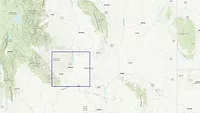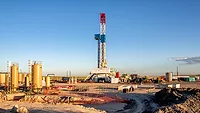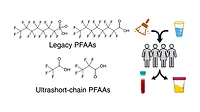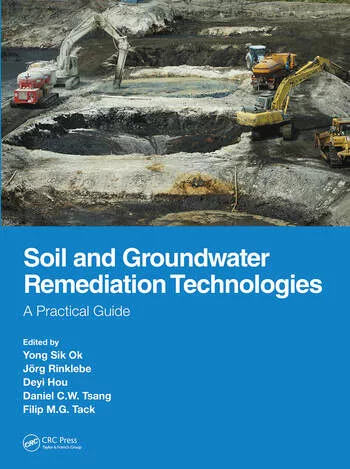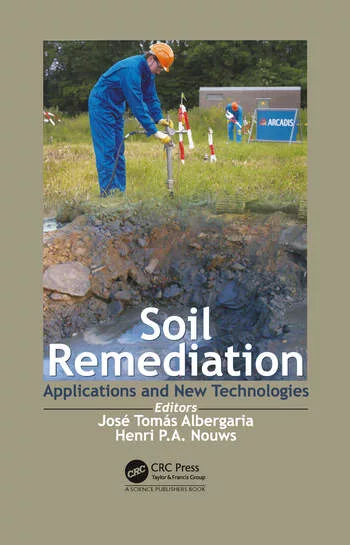America forges a new legacy by cleaning up legacy pollution
The Infrastructure Investment and Jobs Act (IIJA) makes the largest investment in cleaning up legacy pollution in American history.
.webp?t=1668452996)
Photo courtesy of the Illinois Department of Natural Resources
“Legacy” is defined as “something handed down from the past.” We often think of this word as associated with positive outcomes, but the phrase “legacy pollution” refers to toxins and harmful materials that have been left behind and abandoned by past industries. Legacy pollution sites are often generally called “brownfield” and “superfund” sites, and specific examples include abandoned mine lands and orphan/abandoned oil and gas wells. These sites cause air, water, and land contamination, pose serious safety hazards, and harm the health and well being of nearby communities. The impacts of legacy pollution have disproportionately harmed low income communities and communities of color across the United States. In fact, more than one in four Black and Hispanic Americans live within three miles of a Superfund site.
The Infrastructure Investment and Jobs Act (IIJA), also known as the bipartisan infrastructure law and passed by Congress in the fall of 2021, makes the largest investment in cleaning up legacy pollution in American history. With this $21 billion dollar investment, we have the opportunity to be the generation whose legacy is environmental clean-up– leaving behind cleaner water, cleaner air, and healthier communities! The funding falls into four major programs and we discuss each in more detail below.
- Abandoned mine land reclamation ($11.3 billion)
- Orphan oil & gas well plugging, remediation and restoration ($4.7 billion)
- Superfund site cleanup ($3.5 billion)
- Brownfield remediation and revitalization ($1.5 billion)
Abandoned mine lands
The bipartisan infrastructure law reauthorized the expired funding mechanism (a per ton fee on mined coal) for the Abandoned Mine Land (AML) Reclamation Program trust fund. And it also injected an additional $11.3 billion into the program over the next 15 years. The $11.3 billion boost, with an estimated $1.2 billion for Illinois, represents the largest-ever investment in AML clean-up, and it will create billions in economic activity and thousands of jobs in coal communities across 25 states and three tribes.
Illinois’ first AML boost reached the state earlier this year when the Illinois Department of Natural Resources (IDNR), announced $75 million in funding from the Department of Interior (DOI). We’ve written and talked a lot (here, here, and here) about what new federal investments mean for abandoned mine land reclamation in Illinois. Check out those resources to learn more!
Orphaned well site plugging, remediation and restoration
In August the DOI announced an initial grant of $25 million from the bipartisan infrastructure law to begin work to plug, cap, and reclaim orphaned oil and gas wells across Illinois. The grant was part of a nationwide effort that awarded $540 million to 24 states for plugging and remediation of more than 10,000 high priority well sites. According to IDNR officials, in a typical year Illinois is able to seal 20-30 wells, but with this influx of federal funds, officials hope to seal 300 to 400 wells.
There are over 4,500 orphan oil and gas wells in Illinois that are contaminating groundwater, emitting noxious gasses and methane, littering the landscape with dangerous equipment, and harming communities and wildlife. Illinois defines orphaned oil and gas wells as wells that are no longer producing, have not had the fee or bond provided, and have no known permittee or owner.
Oil and gas well remediation in Illinois is managed by the IDNR’s Division of Oil & Gas. A 1991 law created the Plugging and Restoration Fund Program (PRF) to plug orphan and leaking wells. The PRF program is typically funded through fees and forfeited bonds and the federal funding has offered a big boost to the program. The influx of federal funds will also be used to measure and track methane emissions and contamination in groundwater and surface water and make additional investments that will help locate undocumented wells and plug more wells in the future. If you would like more information on the PRF Program, please contact the IDNR here.
Oil production in Illinois dates back to the mid 1800s, and since that time 155,000 oil, gas, and injection wells have been drilled in the state. The Illinois oil fields largely overlap the coal fields of the “Illinois Basin” in the southern two-thirds of the state. Production picked up in the late 1930s thanks to technological advances and the discovery of several major oil fields– by the first few years of the 1940s, Illinois was one of the top oil producers in the US and the world. From the mid-1940s to the late 1960s Illinois was consistently producing over 60M barrels of oil a year. That number has fallen nearly every year since, to 7.4M barrels in 2021, with just over 30,000 active oil and gas production wells.
Superfund site cleanup
The US Environmental Protection Agency (USEPA) is responsible for the funding and programs available for Superfund and Brownfield clean up. The Bipartisan Infrastructure Law invests $3.5 billion in environmental remediation at Superfund National Priorities List sites and it reinstates the Superfund chemical taxes to help fund the USEPA’s efforts to clean up hazardous waste sites. The chemical tax, originally established in 1980 and defunct since 1995, is imposed on the sale or use of 42 identified chemicals.
Illinois has 45 sites on the Superfund National Priority List (NPL). Superfund is a word used to describe the Comprehensive Environmental Response, Compensation and Liability Act (CERCLA) of 1980 that allowed the USEPA to clean-up contaminated sites and when possible, force responsible parties to perform cleanups or reimburse the government for EPA-funded cleanup work. Superfund sites might include manufacturing facilities, processing plants, landfills and mining sites that have left behind hazardous waste.
Brownfield projects
According to the USEPA, a “brownfield is a property, the expansion, redevelopment, or reuse of which may be complicated by the presence or potential presence of a hazardous substance, pollutant, or contaminant.” The bipartisan infrastructure law provides a boost in funding to the USEPA’s Brownfield Program. The Program includes a variety of grants for inventories, assessments, cleanups, and job training, as well as a technical assistance program. In May the USEPA awarded $6.75 million in Brownfields grants to five communities in Illinois to assess or clean up brownfields.
Unfortunately brownfields are common enough that it’s hard to determine the exact number of sites in the state and the Illinois Environmental Protection Agency (IEPA) believes they likely “exist in almost all Illinois communities from the smallest towns to the largest cities”. Communities in Illinois interested in learning more about opportunities around brownfields can learn more from the IEPA here and can access technical assistance from the “Technical Assistance to Brownfields” at Kansas State University.
Justice 40
The federal investment in cleaning up legacy pollution is just one example of the Biden-Harris administrations’ commitment to support environmental justice and disadvantaged communities. The administration’s Justice40 Initiative aims to deliver 40 percent of the overall benefits across several federal programs, including clean energy, transportation, housing, water, and more, to disadvantaged communities that are marginalized, overburdened and underserved. More information on the Justice40 Initiative can be found in the interim guidance.

